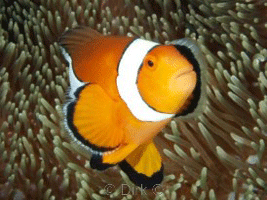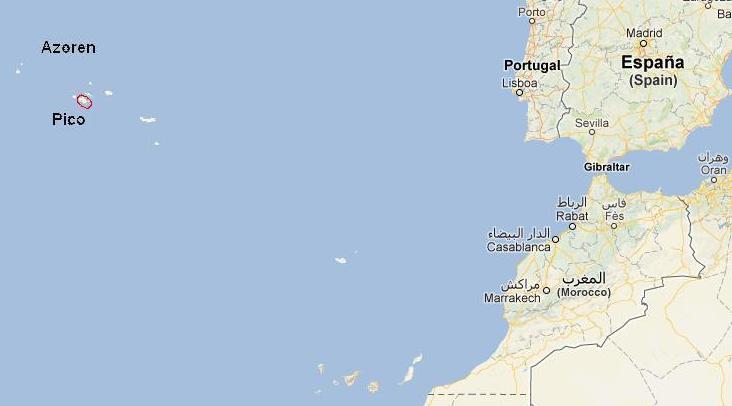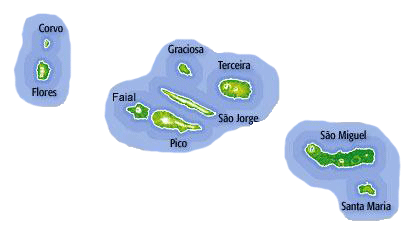www.adcdiving.be © Dirk Wuyts Add this page to your Favorites Welcome to our diving website and travel stories
Travel and diving with sharks and mobulas in the Azores - Pico and FaialDutch - Nederlands |
 Like and share this travel story and diving with photos of the Azores - Pico and Faial with your friends on Facebook |
























